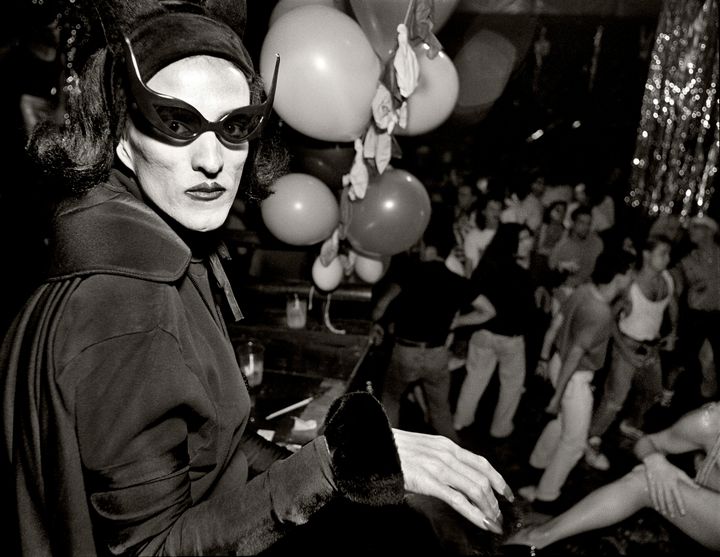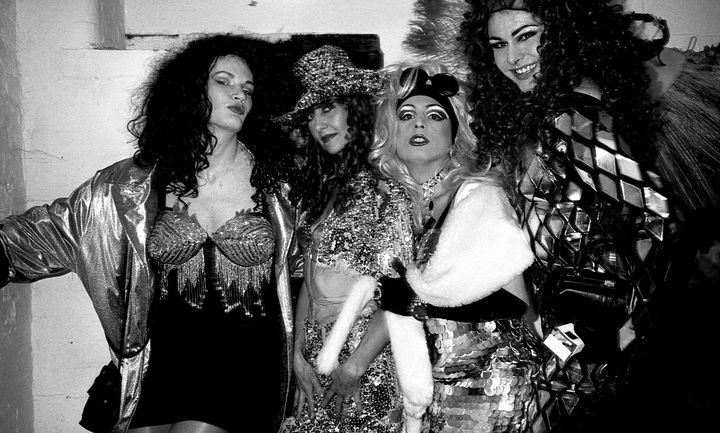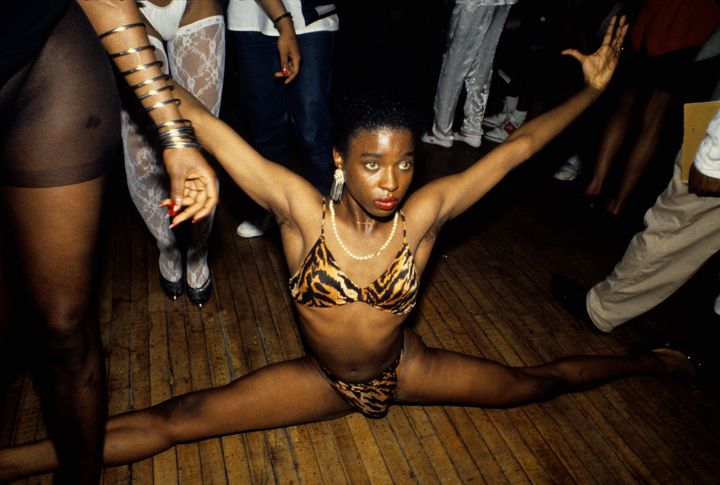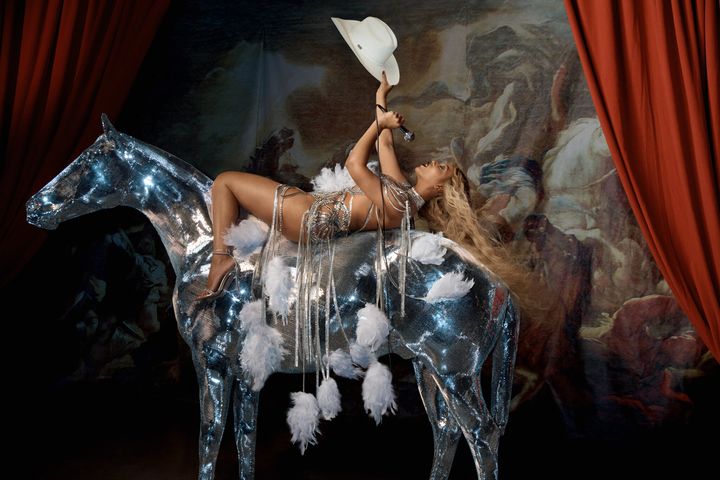
The history of LGBTQ+ music is so much more than a timeline of who came out when and which songs became gay anthems.
It’s about the artists who weren’t afraid to be themselves and their influence in eras when doing so often had personal and professional risks attached — eras when we didn’t even have the language to talk about gender and sexuality the way we do now.
Our gay clubs and spaces, along with our music, have added immeasurable worldwide historical and cultural value to popular music and queer spaces of the 20th and 21st centuries have played a crucial role in shaping the soundtracks of our lives.
As LGBTQ+ venues across the UK continue to face the threat of closure, more now than ever, the influence of the gay club needs recognised.
So buckle up, here’s a rundown of how we influenced that music blasting in your headphones.
Introducing Electronic, Disco, and House Music
If you know anything about music in the 60s and 70s, you’ll know that these eras produced some of the most influential and iconic musical moments of all time.
Electronic music began having a significant influence on pop music in the late 60’s that by the time the late 70’s came around, house music has emerged as a new in, taking the underground scene in Chicago by storm.
Nightclubs like the Warehouse, located in Chicago’s West Loop neighbourhood, were made popular by black and queer club goers who favoured the music style because of its upbeat, dance-friendly tempos.
Disco music, also closely associated with the underground gay clubbing culture in the ’70s, rose to popularity through the likes of Gloria Gaynor, Donna Summer, and the Village People, who all supplied the world with iconic gay anthems.

Before becoming mainstream, these genres were pioneered, embraced, and created around the queer influence and experience, which are still, and rightly so, celebrated today.
House Music has two main things in common with Disco - they both emerged from black queer underground movements in big cities, including New York City, and they both eventually evolved into different styles leading to a new music scenario where LGBTQ+ folks were left behind.
The Big Queer Erasure
When the AIDS epidemic hit the world in the 80s, everything related to queer culture was labelled as bad by society, including dance music and the nightlife scene of New York City. House Music’s popularity started to decline, while a version of the style, Acid House, was being embraced by a largely heterosexual crowd, and with it so did the rise of ecstasy.
Because of the AIDS crisis, queer clubs started to close their doors and dance music was eventually erased from the mainstream. Just like that, by the early 90s, House Music had faded away.
As Luis Manuel-Garcia, author of An Alternate History of Sexuality in Club Culture, once said, “Nobody is really denying that disco emerged out of queer nightlife. But as the house turns into acid-house turns into techno and all of the other sub-genres, somehow queer folks slip out of the established narrative and disappear,”

In New York City, one episode is remembered as a symbolic end of the queer dance scene. In 1996, the white American club promoter Michael Alig and his roommate, Freeze Riggs, murdered fellow Club Kid Andre “Angel” Melendez in a confrontation over a drug debt. They were sentenced to 10 to 20 years in prison, and the case was used by conservatives to erase queer culture from the media.
But with pop music embracing once again electronically produced sounds, repetitive lyrics, and four-on-the-floor beats (as you can hear on new songs by Beyoncé, Dua Lipa, Lady Gaga, Kylie Minogue, and Jessie Ware), it’s important to remember where everything started.
Contemporary Music
House has always influenced Pop Music. You can hear it in Madonna’s Hung Up (2005), and Pharrell’s Get Lucky (2013). However, since 2020, it has gained momentum again. Jessie Ware’s What’s Your Pleasure?, Dua Lipa’s Future Nostalgia, Lady Gaga’s Chromatica, and Kylie Minogue’s Disco are all influenced by disco and house music, were all released in 2020 and were all amongst the best-selling albums of that year. Coincidence? I think not.
In 2022, it was Beyoncé’s time to approach the genre with the release of Act 1 - Renaissance.
Renaissance has a lot of dance-inspired tracks, and fittingly, many of them sample legendary Black queer artists, including Big Freedia, TS Madison, Honey Djon, Syd, Moi Renee, MikeQ, Kevin Aviance, and Kevin JZ Prodigy.

The song “Pure/Honey” is one of the gayest on the album, featuring samples from ’90s drag and house music legend Moi Renee, as well as other Black queer artists.
The second sample comes from the 1996 song “C*nty” by legendary drag performer, club musician, and nightclub personality from the House of Aviance, Kevin Aviance.
A third song sampled on the song is “Feels Like” by ballroom super producer and DJ MikeQ, known for producing the music for the documentary Kiki and being the resident DJ on HBO Max’s Legendary, and one of the most well-known Ballroom commentators, Kevin JZ Prodigy.
You heard it gay first
Who knew this radical idea of how to spend a Saturday night would eventually evolve into modern clubbing and spread to every corner of the world. We did.
We walked so Jessie and Kylie could run, and Queen B, well, she needs to remember who wore the crown first.
You can listen to Damian’s podcast ‘Memories From The Dancefloor’ on Spotify and Apple, to find out more about the hidden histories of LGBTQ+ nightlife in the UK and hear the stories of those who were there.